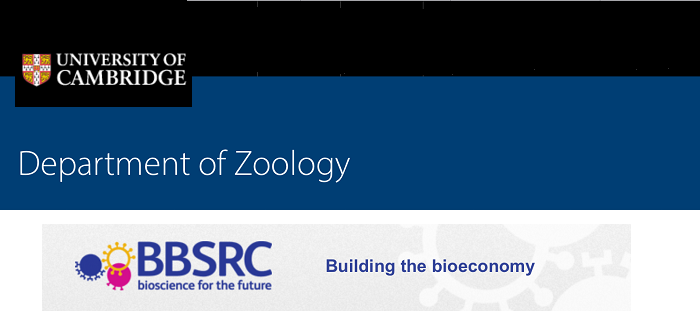The potential for a return to feeding swill to pigs within the EU is argued for strongly in a new report produced by scientists from the University of Cambridge, based on research carried out with funding from the Biotechnology and Biological Sciences Research Council (BBSRC).
The high profile report concludes that as the demand for livestock products grows over the next half-century, “we must identify strategies to reduce the environmental footprint of current systems of meat production”.
In that context, the report declares that one such strategy is the “promotion of low-impact animal diets”, pointing out that feeding food waste, as in the centralised food waste recycling systems of Japan and South Korea, can be a safe, nutritious form of animal feed.
In terms of the land use benefits of feeding food waste to pigs, the scientists conclude that the area needed for current pork production within the EU could be reduced by one fifth, potentially saving 1.8 million hectares of agricultural land.
It is readily acknowledged within the report, of course, that while swill presents a “low-cost, low-impact animal feed”, widespread adoption would require efforts to address consumer and farmer concerns over food safety and disease control.
“While swill feeding could benefit the bottom line of many individual farmers, there is concern that if the legalisation increased the risk of an outbreak of disease, such as foot and mouth or classical swine fever, the overall cost to the industry of such an outbreak could outweigh the financial gains,” it is stated. “This concern is understandable given the £8 billion cost of the UK 2001 foot and mouth outbreak.”
At the same time, however, the point is made that it is “challenging” to quantify the relative risk of a disease outbreak occurring under either of the research teams two different policy scenarios: the status quo ban on swill and the centralised, regulated use of swill, and it is not certain which policy is lower risk.
“While it may be argued that a total ban on swill feeding is safer than the regulated use of swill,” states the report, “this ignores the illegal feeding of food waste on smallholder farms which occurs under current, “low-risk” legislation.”
The report also states that there have been no disease outbreaks linked to the use of swill in Japan and South Korea (2012/2013) and that the use of food waste as animal feed has consistently grown in both countries (by 125% in Japan from 2003–2013 and by 35% in South Korea from 2001–06), suggesting strong farmer buy-in.




